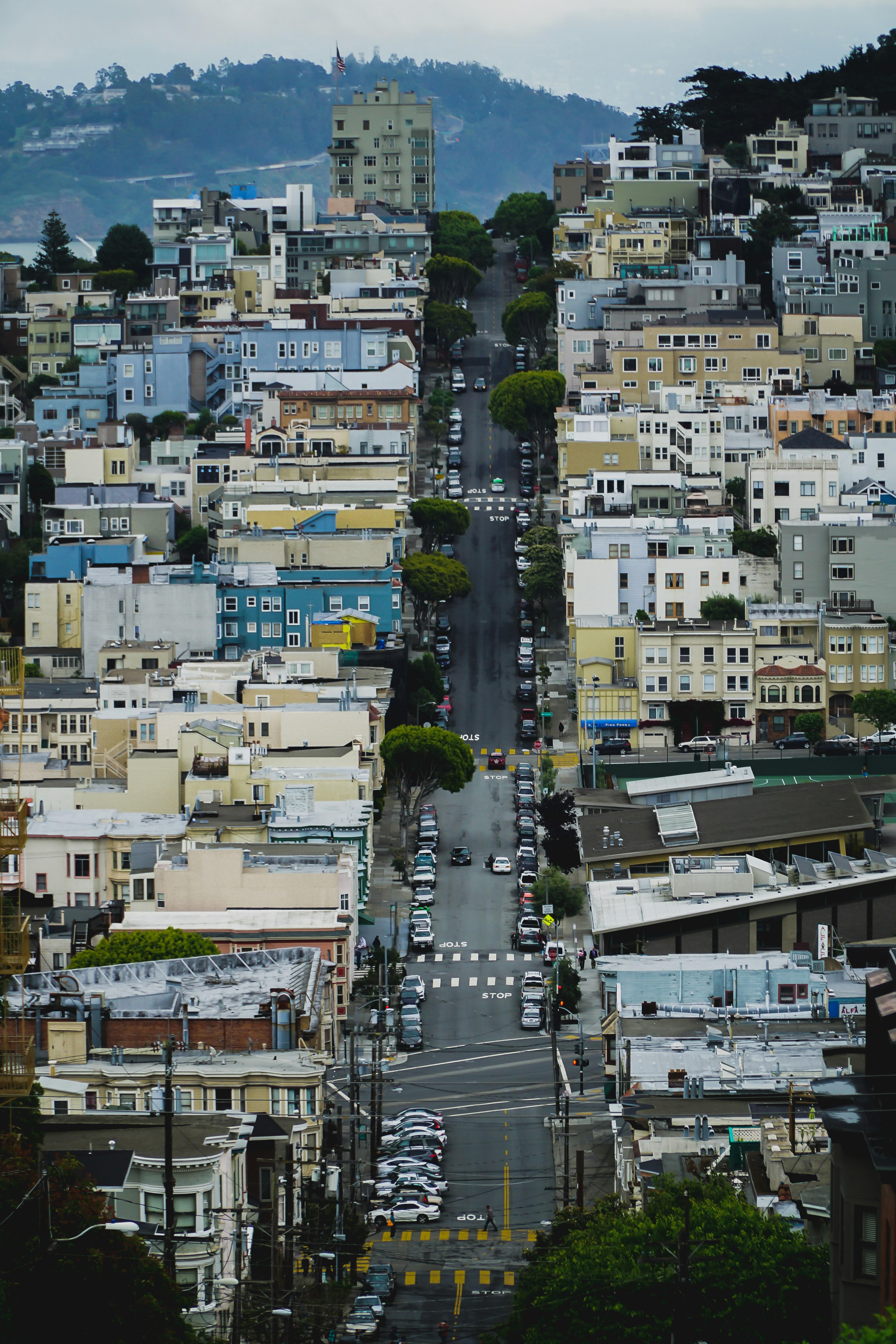San Francisco Cannabis History and Timeline
Posted on October 29, 2024

The History of Cannabis in San Francisco: A Timeline
San Francisco’s relationship with cannabis has been uniquely influential, spanning centuries from early medicinal use to its role in countercultural movements, medical legalization, recreational acceptance, and, most recently, consumption lounges and social equity programs. Here’s an overview of the journey cannabis has taken in San Francisco.
Mid-1800s: Early Days and the Gold Rush
During the Gold Rush in the mid-1800s, people from around the world flooded San Francisco, bringing with them various cultural practices, including the use of cannabis. Apothecaries commonly sold cannabis-based remedies for ailments such as headaches and menstrual pain, reflecting the plant's role in traditional medicine. Gold wasn't the only thing that struck in the city.
Early 1900s: The Influence of Chinese Immigrants
As San Francisco’s Chinese community grew, recreational cannabis use began to gain momentum. Cannabis clubs, known as “reefer clubs” or “tea pads,” emerged where people gathered to enjoy the plant. This era saw cannabis as both a social and recreational experience, creating an underground scene that would later face pushback as prohibition movements gained strength.
1930s: Prohibition and "Reefer Madness"
In 1937, California passed the Marihuana Tax Act, criminalizing cannabis in San Francisco and across the nation. Propelled by xenophobia and propaganda like the infamous film Reefer Madness, the act marked the beginning of cannabis prohibition in the U.S., pushing cannabis use further underground and creating lasting stigma.
1950s and 60s: The Beat Generation and Counterculture Influence
By the 1950s, San Francisco became the birthplace of the Beat Generation, with writers like Jack Kerouac and Allen Ginsberg advocating for creativity and exploration, including cannabis use. As the countercultural wave grew, San Francisco’s Haight-Ashbury district became a gathering point for thousands during the 1967 Summer of Love, with cannabis representing freedom, anti-establishment ideals, and social rebellion.
1990s: Medical Cannabis and Proposition 215
In 1991, San Francisco took a bold step by passing Proposition P, which recognized cannabis as a treatment for conditions like AIDS and cancer. This movement gained momentum with the founding of the Cannabis Buyers Club, led by activist Dennis Peron, who provided cannabis to patients. This movement led to California’s Proposition 215, the Compassionate Use Act of 1996, marking the country’s first medical cannabis law.
2016: Legalization of Recreational Cannabis
In 2016, California voters passed Proposition 64, allowing adults over 21 to use and cultivate cannabis recreationally. San Francisco embraced this new era of legalization, with licensed dispensaries, lounges, and cultivation sites contributing to a booming cannabis economy, making it one of the most progressive cities in cannabis regulation.
Social Equity and Today’s Cannabis Scene
Since legalization, San Francisco has implemented social equity programs to address disparities caused by the War on Drugs. These initiatives provide opportunities for those disproportionately impacted by cannabis prohibition to enter the legal industry. The city's vibrant cannabis culture, rich history, and dedication to equity continue to set a progressive example for other regions.
San Francisco's journey with cannabis reflects broader societal shifts, showing how a once-stigmatized plant has woven itself into the cultural and economic fabric of the city. The city’s progressive policies and rich history continue to influence cannabis culture both locally and nationally.